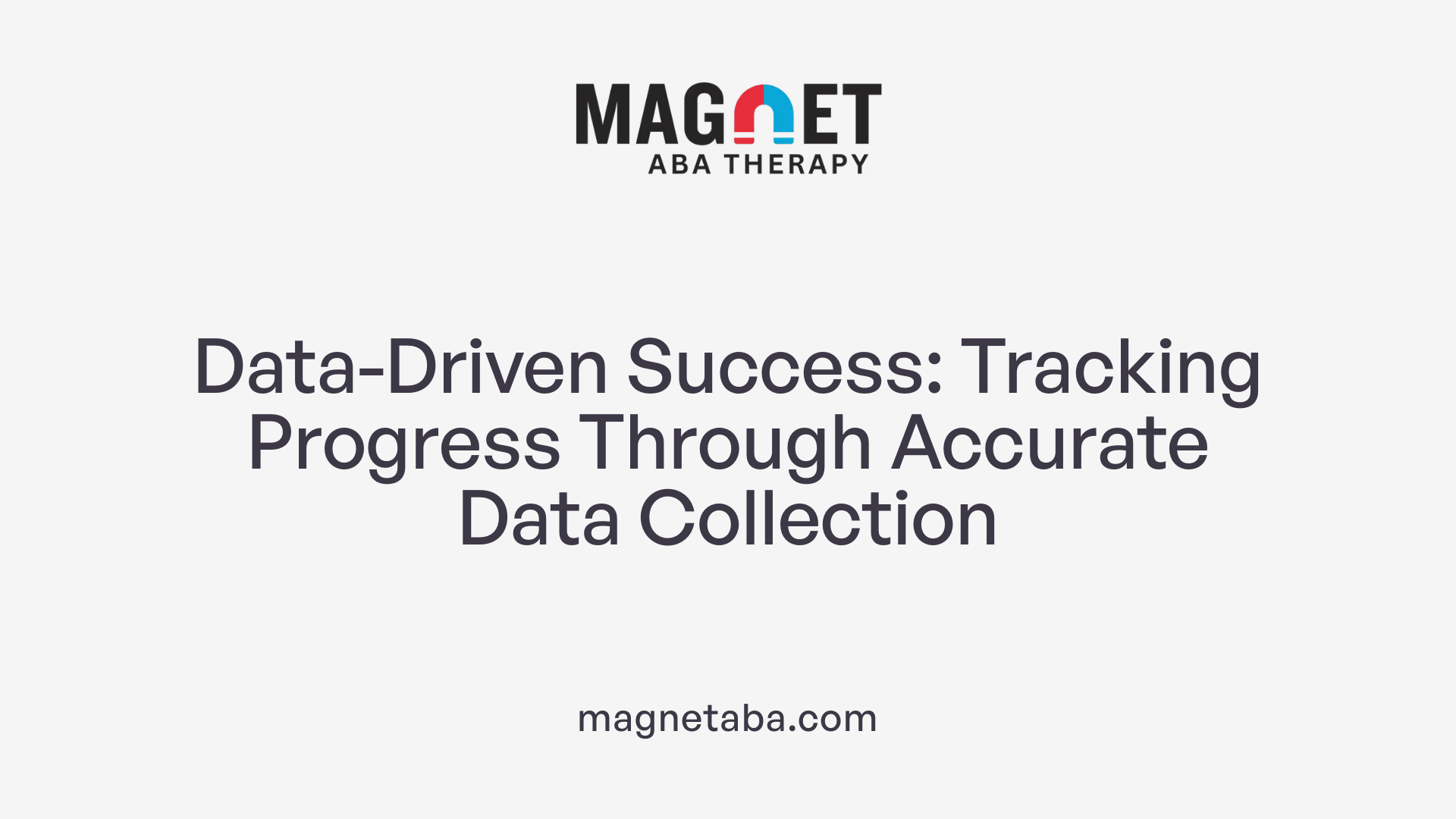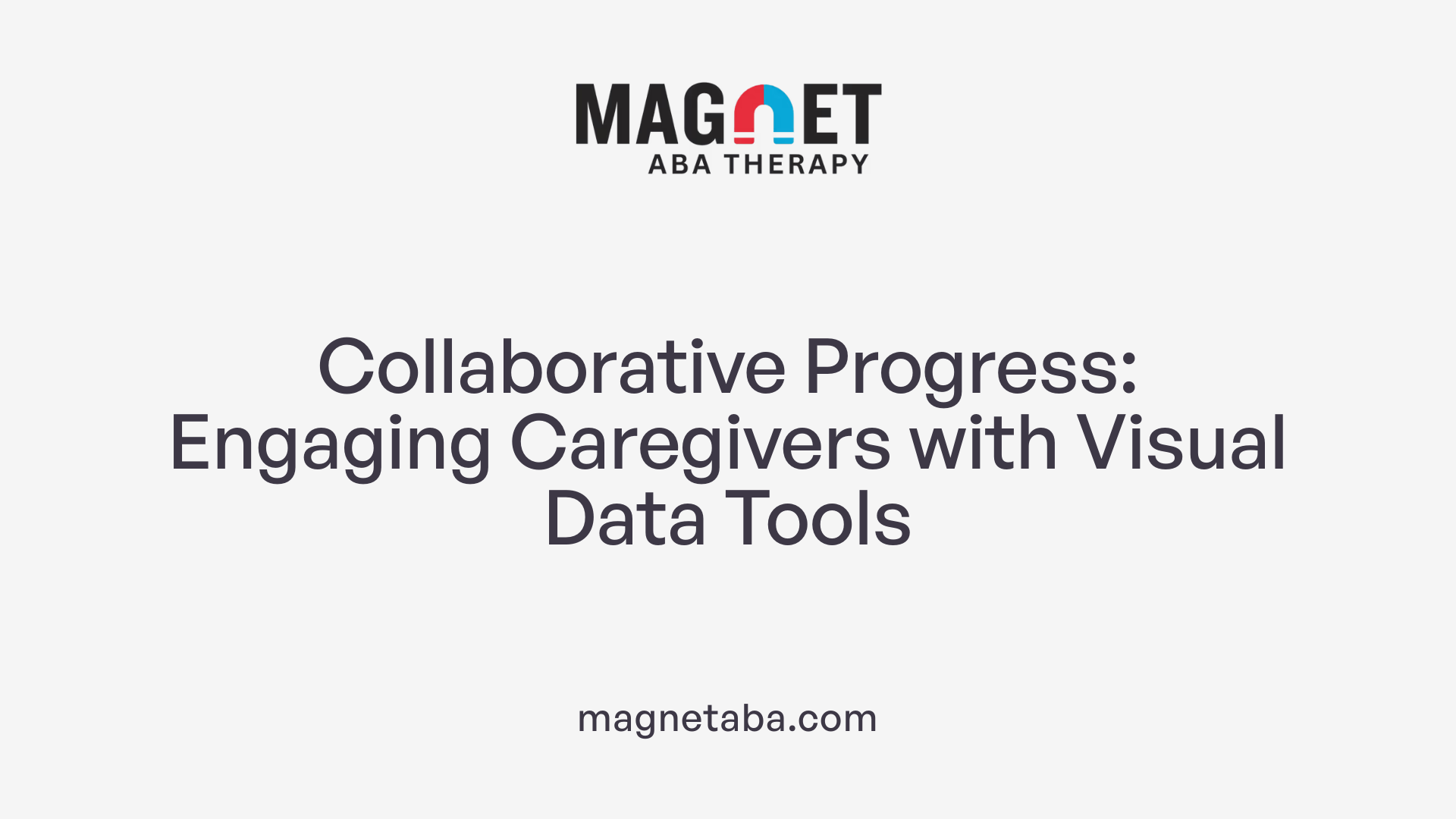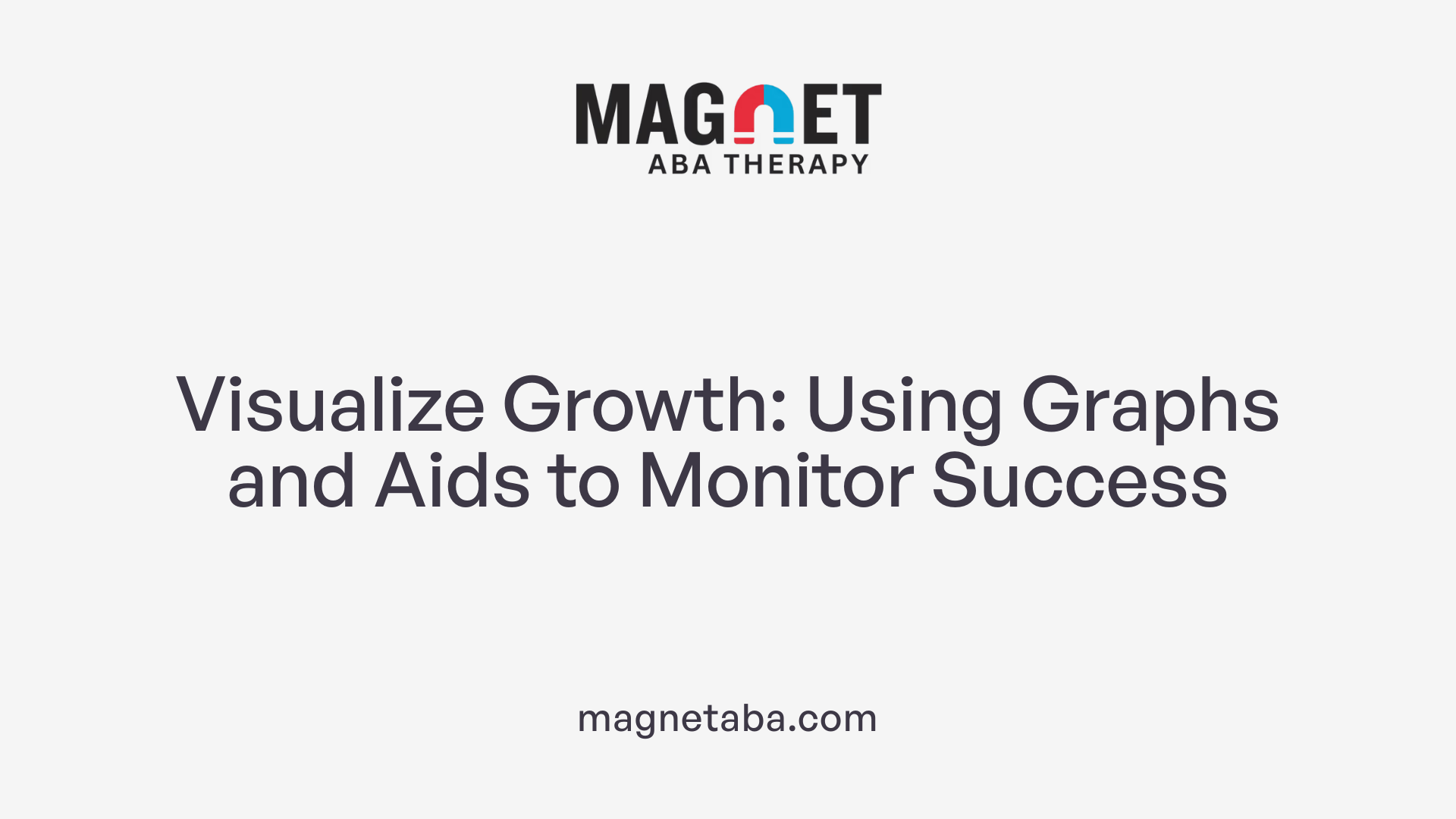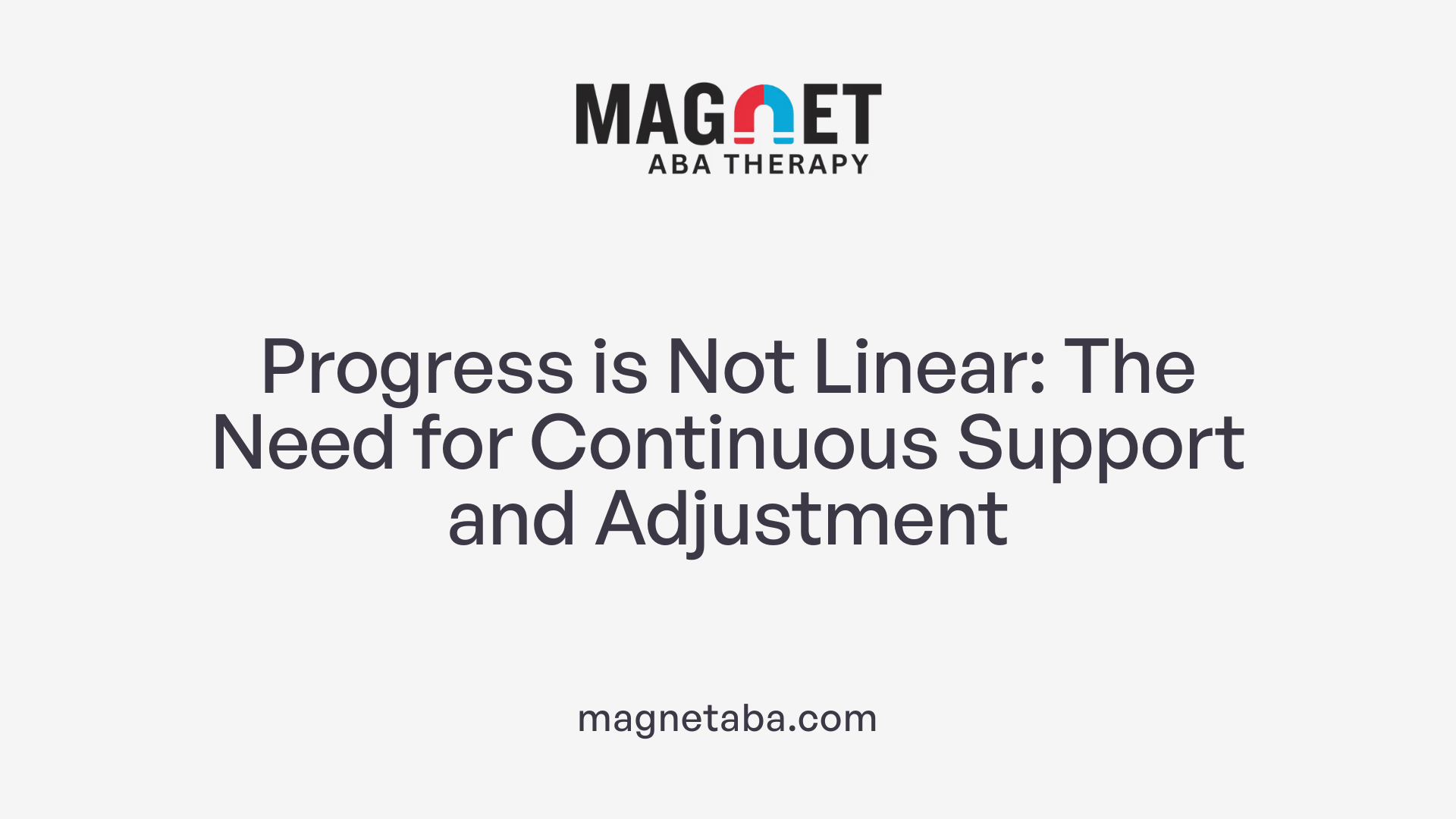Understanding Skill Mastery in ABA Therapy
Effective tracking of skill mastery in Applied Behavior Analysis (ABA) therapy is critical for ensuring meaningful progress and tailored intervention. It involves systematic approaches to assess, document, and report a child's development, enabling practitioners and caregivers to make informed decisions that promote retention, generalization, and independence.
Setting and Using Mastery Criteria to Guide Skill Acquisition
How is progress documented and reported in ABA therapy?
In ABA therapy, tracking a child's progress is vital for ensuring meaningful skill development. Progress documentation primarily relies on systematic data collection methods. Therapists use various tools to record behavioral and skill-based data, including counting the frequency of specific responses, timing how long a skill takes to perform, and noting the accuracy of responses.
For example, data may be captured through precise counting of correct and incorrect responses during trials, or by recording the time it takes for a child to complete a task (latency). This data is then analyzed to assess whether the child is meeting predefined mastery criteria, such as achieving a certain percentage of correct responses.
Summarizing this data involves creating detailed reports that often include graphs to visualize progress over time. Trend analyses help identify patterns, such as improvement or plateau, guiding clinicians in making informed decisions.
Reports may also feature qualitative summaries, including notes on the child's engagement and independence levels. Regular baseline measurements and ongoing data collection ensure accurate tracking and timely adjustments to intervention plans.
In addition to performance data, incident reports like Behavior Incident Reports (BIR) are used to document safety-related events or behaviors that require intervention. This comprehensive approach helps maintain a clear picture of progress and safety.
Effective documentation facilitates communication with caregivers, making it easier for families and therapists to collaborate. Visual aids like progress graphs, schedules, and social stories further enhance understanding and motivation for the child.
Modern tools such as ABA Matrix streamline this process, automating data collection, analysis, and report generation. This technological assistance saves time and improves accuracy.
Overall, meticulous progress documentation is foundational for evidence-based adjustments, ensuring that children attain their developmental goals efficiently and effectively. Regular updates and shared reports foster transparency and shared responsibility between therapists and caregivers, ultimately supporting the child's growth.
Developing Skill Acquisition Plans (SAPs) for Success
How do you develop a skill acquisition plan in ABA therapy?
Creating a successful skill acquisition plan (SAP) in ABA involves a structured and thorough process. It begins with comprehensive assessment methods, which include both indirect and direct evaluations of the learner’s current skills and needs.
Assessment Processes
- Indirect assessments involve interviews, questionnaires, and surveys with caregivers and teachers to gather contextual information.
- Direct assessments include observations and standardized tools like the ABLLS-R, VB-MAPP, Vineland-3, PEAK, AFLS, and ESDM. These help identify skills the child already has and areas needing support.
Components of a Skill Acquisition Plan (SAP) A well-designed SAP includes several critical elements:
| Element | Description | Purpose |
|---|---|---|
| Target Skills | Clearly defined, operational skills the child is expected to learn | Provides focused objectives |
| Objective and Measurable Goals | Specific, quantifiable outcomes such as accuracy levels and timing | Guides progress and evaluation |
| Teaching Strategies | Procedures like prompting, fading, and reinforcement | Ensures consistent instruction |
| Data Collection Methods | Techniques such as frequency, duration, and latency recording | Tracks progress accurately |
| Reinforcement Procedures | Systems to motivate and reward correct responses | Enhances learning and engagement |
| Criteria for Mastery | Set standards like 90% accuracy over multiple sessions | Determines when skills are acquired |
| Generalization and Maintenance | Practices to promote skill use across settings and over time | Ensures lasting learning |
| Collaboration | Involves team members, caregivers, and educators | Promotes consistency |
Methods for Ongoing Evaluation and Adjustment Monitoring progress is vital to ensure the SAP remains effective. Regular data collection and analysis help determine if mastery criteria are met.
- Progress monitoring tools include graphs and schedules that visually display changes over time.
- Frequent evaluations allow for timely modifications, such as adjusting prompting strategies or reinforcement schedules.
- Parent and caregiver involvement is crucial; their feedback helps contextualize data and support skill generalization.
Adjustments may involve changing mastery criteria—such as increasing accuracy percentage or reducing prompts—and updating goals to match developmental progress. This dynamic process enables continuous growth and ensures that the intervention is tailored to each learner’s evolving needs.
By consistently applying thorough assessment methods, clearly defining components, and regularly evaluating progress, practitioners can develop effective SAPs that facilitate meaningful and lasting skill acquisition in children.
Monitoring Methods for Skill Development Progress
What are common methods and tools used to monitor skill development and progress in ABA therapy?
In ABA therapy, tracking a child's progress meticulously is crucial for effective intervention. One of the primary methods is direct data collection during therapy sessions. This involves recording specific behaviors, responses, and performance accuracy, often through counters, timers, or checklists. By systematically recording how often a child responds correctly, how long they take to complete a task, or how independent they are in a skill, therapists gain detailed insights into learning progress.
Standardized assessment tools also play a vital role. Instruments like the ABLLS-R (Assessing Basic Language and Learning Skills-Revised), VB-MAPP (Verbal Behavior Milestones Assessment and Placement Protocol), and AFLS (Assessment of Functional Living Skills) help evaluate a child's current skill levels comprehensively. These tools provide structured benchmarks that support goal setting and help identify areas for targeted intervention.
Modern ABA practice increasingly utilizes specialized software and tools to streamline data collection and progress monitoring. Platforms such as ABA Toolbox and ABA+ intelligence affective® allow professionals to input injury data, track responses, and generate reports effortlessly. These digital solutions enhance accuracy, reduce paperwork, and promote real-time analysis.
Learner self-monitoring is an emerging strategy that fosters independence and self-management. Children may be encouraged to observe their actions and record their behavior using journals, checklists, or electronic devices. Such involvement can boost motivation and help them develop awareness of their skills and progress.
Regular analysis of collected data and progress reports enable practitioners to evaluate skill acquisition, identify obstacles, and adapt intervention strategies accordingly. This ongoing review ensures that goals remain relevant and achievable, facilitating continuous development.
To ensure comprehensive progress tracking, goal-setting strategies like SMART goals (Specific, Measurable, Achievable, Relevant, Time-bound) are employed. Breaking down long-term objectives into smaller, manageable steps makes tracking feasible and motivating.
Overall, combining consistent data collection, standardized assessments, innovative software tools, and learner involvement creates a robust framework for monitoring skill development in ABA therapy. This multifaceted approach ensures that interventions are data-driven and responsive to each child's evolving needs.
Measuring and Defining Mastery in ABA
What are the standards for demonstrating proficiency in ABA therapy?
In ABA therapy, establishing clear and specific mastery criteria is essential to ensure that a client has truly acquired a skill. These standards often include achieving a high percentage of correct responses—commonly 90% or higher—across multiple sessions. For some skills, 100% accuracy over several consecutive sessions may be required.
Beyond accuracy, proficiency is also gauged by the child's level of independence, the consistency of their responses, and their ability to perform tasks within a designated timeframe. These benchmarks serve as tangible indicators that the skill has been mastered and can be reliably demonstrated in various settings.
How can mastery or proficiency be measured in ABA therapy?
Measuring mastery in ABA involves utilizing a combination of systematic data collection, observation, and standardized assessments. Common data collection methods include tracking the frequency of correct responses, timing how long it takes to complete a task, and noting the level of independence demonstrated.
Standardized tools like the ABLLS-R, VB-MAPP, and Vineland-3 facilitate structured evaluations of skills and developmental progress. Data can also be gathered through indirect assessments, such as caregiver interviews or questionnaires, alongside direct observations in natural environments.
This comprehensive approach helps in setting measurable goals, tracking ongoing progress, and determining when mastery has been achieved. The use of specialized software, like ABA Toolbox or ABA Matrix, further streamlines data collection and analysis, supporting timely decision-making.
Why is consistency and generalization important in skill mastery?
Consistent performance across various sessions and environments is critical to ensure that skills are truly mastered and not just performed accurately in controlled settings. Consistency signifies that the learner can perform the skill reliably over time, which is vital for skill maintenance.
Generalization is equally important—it involves practicing skills in different natural settings, with different people, and across various contexts. This process ensures that learned skills are not confined to the therapy environment but are applicable in everyday life.
Research supports that frequent evaluation of mastery criteria facilitates better retention and broader application of skills. It also promotes the transfer of skills across new environments and situations, leading to more meaningful and lasting learning outcomes.
Importance of ongoing assessment and collaboration
Ongoing assessment ensures that mastery criteria are met and that skills are maintained over time. Progress monitoring involves regular data review and adjusting goals as needed. Collaborating with caregivers and other team members adds valuable insight and helps reinforce skill use across different settings. Visual tools like graphs and progress charts help communicate progress clearly, motivate learners, and guide intervention adjustments.
Final thoughts
In sum, mastery in ABA is defined by a combination of high accuracy, consistency, independence, and successful generalization. Accurate measurement practices, combined with a focus on maintaining skills across environments, are vital for effective therapy outcomes.
The Role of Data Collection and Analysis in Progress Monitoring

How is progress documented and reported in ABA therapy?
Progress in ABA therapy is primarily documented through meticulous data collection methods. Practitioners record various behavioral and skill acquisition metrics, such as the frequency of target responses, duration of specific behaviors, latency to respond, and the accuracy percentage during trials. Observations are often supplemented with anecdotal notes to capture contextual details that quantitative data might miss.
These details are systematically summarized into comprehensive reports that serve multiple functions. These reports include graphical representations of data over time, trend analyses that identify patterns or regressions, and qualitative summaries of the child's overall progress. Such documentation allows clinicians, caregivers, and stakeholders to assess whether goals are being met, if interventions are effective, or if adjustments are needed.
Regular assessment points, including baseline measurements and ongoing data tracking, are vital to ensure that the progress reports are accurate and timely. Specific incident reports, like Behavior Incident Reports (BIR), address safety concerns and document significant behavioral changes or incidents, maintaining professional integrity.
Effective documentation supports a collaborative approach, ensuring all parties—therapists, parents, educators—are informed and aligned. It also facilitates communication with insurance providers, meets regulatory requirements such as HIPAA, and enhances legal accountability.
Technological tools, such as ABA Matrix, have revolutionized data management by streamlining collection, storage, and analysis. These platforms enable real-time data monitoring and generate visual summaries quickly, making progress tracking more efficient.
Parental involvement is instrumental in supporting progress documentation. Regular updates, alongside visual aids like graphs and schedules, help parents understand their child's growth and motivate continued participation. Visual tools like social stories and schedules act as motivational and educational aids during sessions.
In addition to quantitative data, visual representations such as graphs are central to progress reporting. They allow easy interpretation of complex data and help identify trends rapidly. Consistent visual monitoring enables practitioners to make evidence-based decisions, modify goals, and refine interventions.
How does data analysis support trend analysis and decision making?
Data analysis in ABA involves examining collected data to identify trends, such as improvements, regressions, or plateaus in skill acquisition. By plotting data points on graphs over multiple sessions, practitioners can observe whether behaviors are increasing as intended or require intervention adjustments.
Trend analysis informs decision-making by revealing patterns that may not be evident through plain observation alone. For example, a decreasing trend in maladaptive behaviors signifies effective intervention, whereas a plateau might suggest the need for modifying teaching strategies or reinforcement schedules.
Decision-making is thus grounded in data, supporting adjustments to goals, prompting strategies, and reinforcement plans. If mastery criteria are not maintained or generalization fails in natural settings, data analysis guides the team to implement targeted interventions.
Moreover, analyzing the stability of skills after mastery—via maintenance probes—helps determine if learned behaviors are retained over time. This ongoing review ensures that skill acquisition translates into lasting functional independence.
Data collection strategies
Effective progress monitoring depends on precise data collection strategies that align with specific goals and mastery criteria. Common strategies include:
- Frequency recording: counting how often a targeted behavior occurs within a set period.
- Duration measurement: timing how long a behavior lasts.
- Latency recording: measuring the interval between a prompt and the response.
- Percentage correct: calculating the ratio of correct responses over total opportunities.
- Anecdotal recording: qualitative notes that provide contextual insights.
These strategies are implemented consistently across sessions to ensure data validity. Use of software tools like ABA Toolbox enhances accuracy and facilitates data aggregation for analysis.
Graphical representations in progress monitoring
Graphs are vital visual tools that depict data trends over time. Common types include line graphs, bar graphs, and cumulative graphs, each serving different purposes. Line graphs, for example, clearly illustrate progress or setbacks across sessions.
Visual aids make it easier for all stakeholders to understand performance levels, see the impact of interventions, and motivate children by highlighting achievements. Regularly updated graphs serve as a quick reference and reinforce data-driven decision making.
Trend analysis and decision making
Analyzing data trends involves identifying upward or downward patterns in skill acquisition or behavior reduction. Stable, positive trends indicate effective strategies, while inconsistencies prompt review.
When trends are unfavorable, practitioners may revise teaching methods, modify reinforcement schedules, or increase session intensity. Conversely, strong, consistent trends support the continuation of current interventions or gradually fading of supports.
Decision-making anchored in trend analysis ensures that interventions are customized, responsive, and evidence-based, maximizing the likelihood of successful skill mastery and generalization.
| Data Collection Method | Purpose | Best Used For | Key Considerations |
|---|---|---|---|
| Frequency recording | Count target behaviors per session | Measuring response rate | Clear definitions; consistent timing |
| Duration measurement | Measure length of behaviors | Skills where duration indicates mastery | Accurate timing; clear criteria |
| Latency recording | Time to respond after prompt | Prompt response effectiveness | Precise timing tools; trained staff |
| Percentage correct | Calculate accuracy levels | Skill mastery criteria | Multiple observations; stable baseline |
| Anecdotal notes | Qualitative context | Behavior analysis | Detailed, objective descriptions |
| Graphical display | Visual trend tracking | Progress monitoring | Up-to-date data; clear labels |
By integrating these strategies and tools, therapists can monitor progress effectively, adapt interventions dynamically, and support lasting learning above all.
The Importance of Generalization and Maintenance of Skills

How is progress documented and reported in ABA therapy?
In ABA therapy, tracking a child's progress is crucial for ensuring effective skill acquisition and retention. Therapists use systematic data collection methods such as noting how often behaviors occur (frequency), how long they last (duration), how quickly they happen after a prompt (latency), and how accurately the child performs specific responses. This data is often complemented with anecdotal observations and standardized assessments to provide a comprehensive view.
Progress reports include visual representations like graphs that display changes over time, helping both therapists and caregivers see growth patterns. These reports also feature trend analyses and summaries that clarify which skills are improving and where adjustments might be needed.
Consistent data collection during sessions ensures that progress is accurate and timely. Baseline measurements are established at the start and regularly updated to monitor improvement. Incident reports, known as Behavior Incident Reports (BIR), record safety-related behaviors, further ensuring professional and client safety.
Effective documentation supports collaboration with caregivers, enabling shared understanding of progress and next steps. It also fulfills requirements for insurance claims, regulatory compliance such as HIPAA standards, and legal accountability.
Technological tools like ABA Matrix facilitate data management, making it easier to store, analyze, and visualize progress metrics. Involving parents through progress updates and visual aids like charts helps motivate children and aligns strategies across home and therapy settings.
Overall, thorough and accurate progress documentation is fundamental to adjusting interventions, celebrating achievements, and ensuring continuity of skill development.
Involving Caregivers and Using Visual Data Tools

How does caregiver education enhance ABA intervention?
Caregiver involvement is vital in ABA therapy as it helps reinforce skills learned during sessions in natural settings. Educating parents and caregivers about ABA principles enables them to better understand the goals and methods used, which leads to more consistent reinforcement and practice outside of therapy. Providing caregivers with knowledge about the importance of mastery criteria and progress monitoring improves their ability to support skill development effectively.
Why is collaborative goal review important?
Regular goal review sessions with caregivers and the ABA team ensure that interventions remain relevant and tailored to the child's current needs. During these reviews, data from ongoing assessments and skill acquisition plans are discussed. This collaborative approach allows adjustments to goals based on the child's progress, encouraging a shared responsibility for success and motivation.
How are visual aids and graphs used to track progress?
Visual tools such as graphs, charts, and schedules play an essential role in helping caregivers and therapists visualize a child's growth over time. These visual aids display data like accuracy rates, session progress, and skill mastery levels, making it easier to interpret complex information quickly.
| Tool Type | Purpose | Example |
|---|---|---|
| Progress Graphs | Show trends and patterns in skill acquisition | Line graphs illustrating mastery over time |
| Goal Tracking Sheets | Document specific targets and achievements | Checklists with SMART goals |
| Visual Schedules | Support independence and routine adherence | Daily activity schedules with icons |
This visual feedback not only motivates children by celebrating progress but also helps caregivers understand which skills require more attention.
How do you develop a skill acquisition plan in ABA therapy?
To develop a skill acquisition plan in ABA therapy, the process begins with conducting thorough assessments—both indirect (interviews, surveys) and direct (observations)—to understand the learner’s current abilities and needs. The plan must clearly define the target skill, including operational definitions, materials needed, and specific teaching procedures, such as prompting and reinforcement strategies. Measurable goals and mastery criteria are established to guide progress, along with detailed data collection methods to monitor teaching effectiveness. The plan should also include strategies for promoting generalization and maintaining skills post-instruction, as well as procedures for error correction and adjusting interventions as needed. Finally, collaboration with the team and regular review of data ensure the plan remains effective and adaptable to the learner’s evolving needs.
The role of data collection in progress tracking
Consistent data collection is fundamental in monitoring a child's progress effectively. Data methods include tracking the frequency, duration, and correct responses during sessions. By visualizing this data through graphs or reports, therapists and caregivers gain a clear picture of progress and areas needing adjustment.
The importance of shared understanding between therapists and caregivers
Frequent communication, regular updates, and shared review sessions foster a strong partnership. Caregivers providing observations from home and natural environments enrich the data, making interventions more accurate and personalized.
Visual data tools in practice
Visual aids like progress charts and goal sheets serve multiple purposes. They motivate children by visually displaying their achievements, help caregivers stay engaged with the process, and guide decision-making about next steps. Adaptations such as social stories or visual schedules further support skill generalization and independence.
| Data Collection Method | Use Case | Example |
|---|---|---|
| Frequency Recording | Track how often behaviors occur or skills are performed | Counting correct responses per session |
| Duration and Latency | Measure how long behaviors last or time to initiation | Timing durations of task completion |
| Anecdotal Records | Capture qualitative observations in natural contexts | Narrative notes from sessions |
How does regular progress tracking influence therapy outcomes?
Consistent tracking via visual tools ensures that progress is transparent and measurable. It helps identify trends, facilitates timely adjustments, and keeps everyone aligned with the child's evolving needs. Celebrating small wins through visual progress can boost motivation and reinforce continued effort from the child and caregivers.
Using Graphs and Visual Aids to Track Progress

How is progress documented and reported in ABA therapy?
In ABA therapy, tracking and reporting progress is a systematic process that involves collecting various types of data from therapy sessions. The primary methods include recording the frequency of specific behaviors, measuring the duration of skills, noting the latency before response, and calculating the percentage of correct responses during trials.
Therapists also use anecdotal observations to capture qualitative insights that numbers alone might miss. All these data points are analyzed to produce comprehensive reports that illustrate how a child is progressing over time. These reports often feature visual elements such as graphs and trend lines, which serve to make complex data more understandable.
Graphs are particularly valuable because they offer a quick visual summary of progress, showing patterns, plateaus, or regressions across different sessions or time periods. This visualization helps practitioners and caregivers assess whether intervention strategies are effective or need adjustments.
Regular assessment intervals, such as baseline measurements at the start of treatment and ongoing data collection, ensure that progress is tracked accurately and in a timely manner. Incident reports, like Behavior Incident Reports (BIR), are also utilized to document safety concerns or behavioral challenges encountered during sessions.
Effective documentation is essential not only for tracking individual progress but also for maintaining transparency with caregivers. Sharing visual data representations fosters understanding, encourages caregiver involvement, and facilitates collaborative planning for goals.
Moreover, accurate and thorough reports are crucial for insurance claims, regulatory compliance (including HIPAA guidelines for privacy), and legal accountability. Technological tools like ABA Matrix simplify data management, enabling quicker analysis and easier reporting.
Visual aids don't stop at graphs — schedules, social stories, and visual prompts are deployed to reinforce progress and motivate children during therapy. These visuals help children understand expectations, appreciate their achievements, and remain engaged in the learning process.
Overall, combining systematic data collection with visual tools enhances the clarity, effectiveness, and transparency of progress monitoring in ABA, supporting sustained skill development and meaningful behavioral change.
Recognizing Non-linear Progress and the Need for Ongoing Support

How can mastery or proficiency be measured in ABA therapy?
In ABA therapy, determining whether a child has achieved mastery involves using clear, measurable standards. Typically, mastery is assessed through criteria such as a high percentage of correct responses—often aiming for 100% accuracy across multiple sessions or trials. This helps ensure that the skill has been reliably learned and can be replicated consistently.
Beyond accuracy, other indicators of proficiency include the child's independence in performing the skill, the consistency of their responses over time, and their ability to complete tasks within a designated timeframe. These measures provide a comprehensive view of mastery, not just in controlled clinical settings but also in natural environments.
Data collection is fundamental in tracking skill progress. Methods such as frequency counts (how often a behavior occurs), timing of responses, and standardized assessments help provide objective insights. Systematic recording during therapy sessions ensures that data is accurate and meaningful.
Establishing explicit benchmarks for mastery allows therapists and caregivers to set realistic goals, monitor progress accurately, and determine when a skill has been learned to a functional level. Regular evaluation against these criteria supports skill retention, generalization across settings, and real-world application.
Overall, mastery in ABA is evidenced through a combination of high performance accuracy, consistency, independence, and documented improvements over time, confirmed through regular and systematic data review.
Summarizing the Key to Effective Mastery Tracking in ABA
In conclusion, effective tracking of skill mastery in ABA therapy hinges on clear mastery criteria, comprehensive skill acquisition planning, diligent data collection, and ongoing analysis. Visual tools like graphs, coupled with caregiver involvement, reinforce progress insights and motivation. Recognizing that progress is often non-linear emphasizes the importance of patience and persistent effort. By integrating standardized assessments, technological tools, and collaborative approaches, practitioners can ensure skills are acquired, maintained, and generalized across settings, fostering meaningful and lasting development for learners.
References
- How Mastery Criteria Boost Skill Retention in ABA Therapy
- What Are Mastery Criteria in ABA? Understanding Their Role in Skill ...
- From Milestones to Mastery: How We Track Your Child's Growth in ...
- ABA 101: Skill Acquisition Plans
- How to Track Progress in ABA Therapy Through Reports and Parent ...
- Creating a Meaningful Skill Acquisition Program in Applied Behavior ...
- Mastery Criteria and Maintenance: a Descriptive Analysis of Applied ...
- Developing Effective Self-Management Skills in ABA Programs
- Identifying and Training Skill Acquisition Protocol Development












